
Content Library
Explore a diverse collection of guides, product briefs, e-books, webinars, and videos, all crafted to enhance your understanding and skills in Java programming.
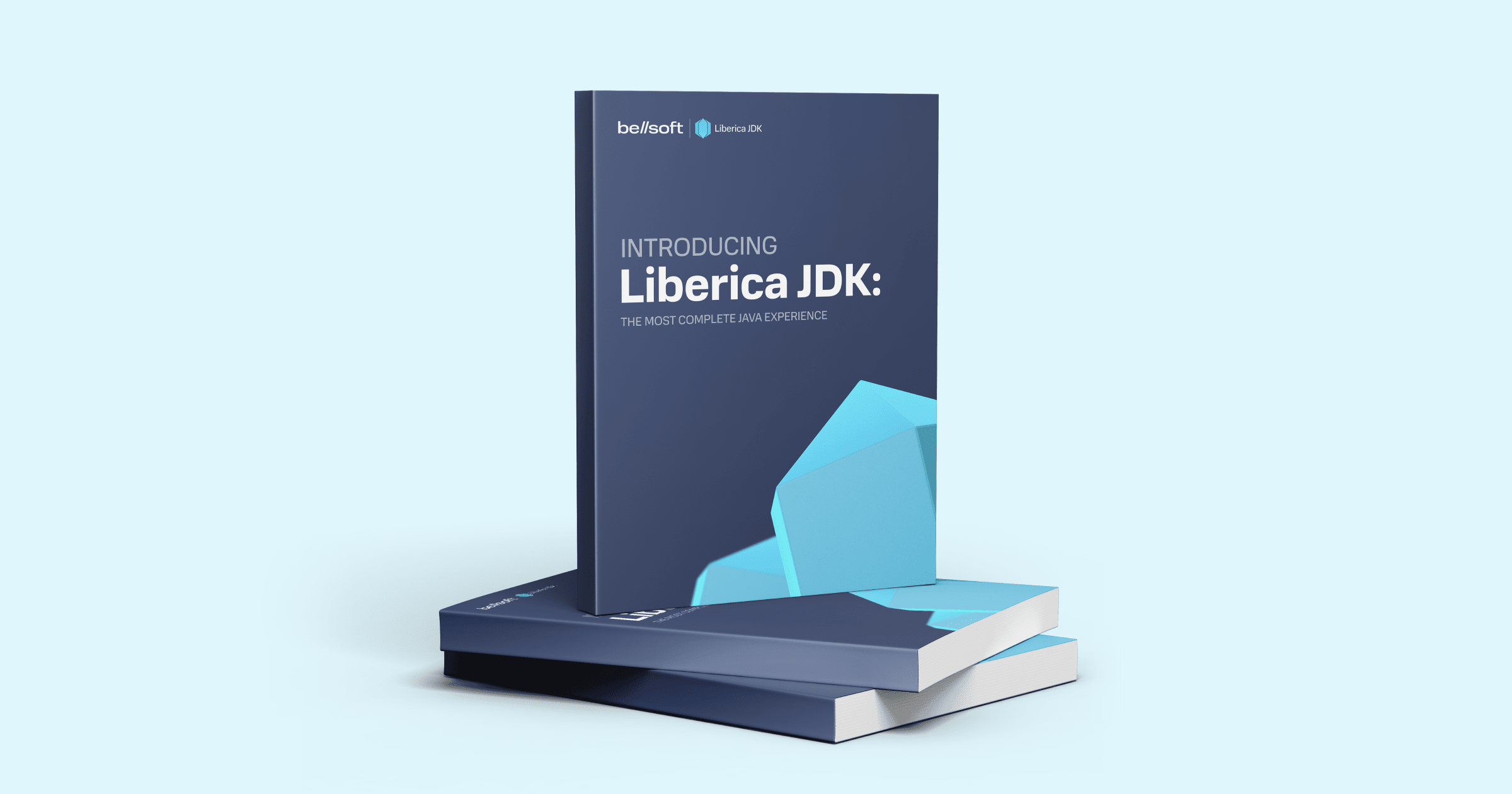
Dec 12, 2025
Liberica JDK: White Paper
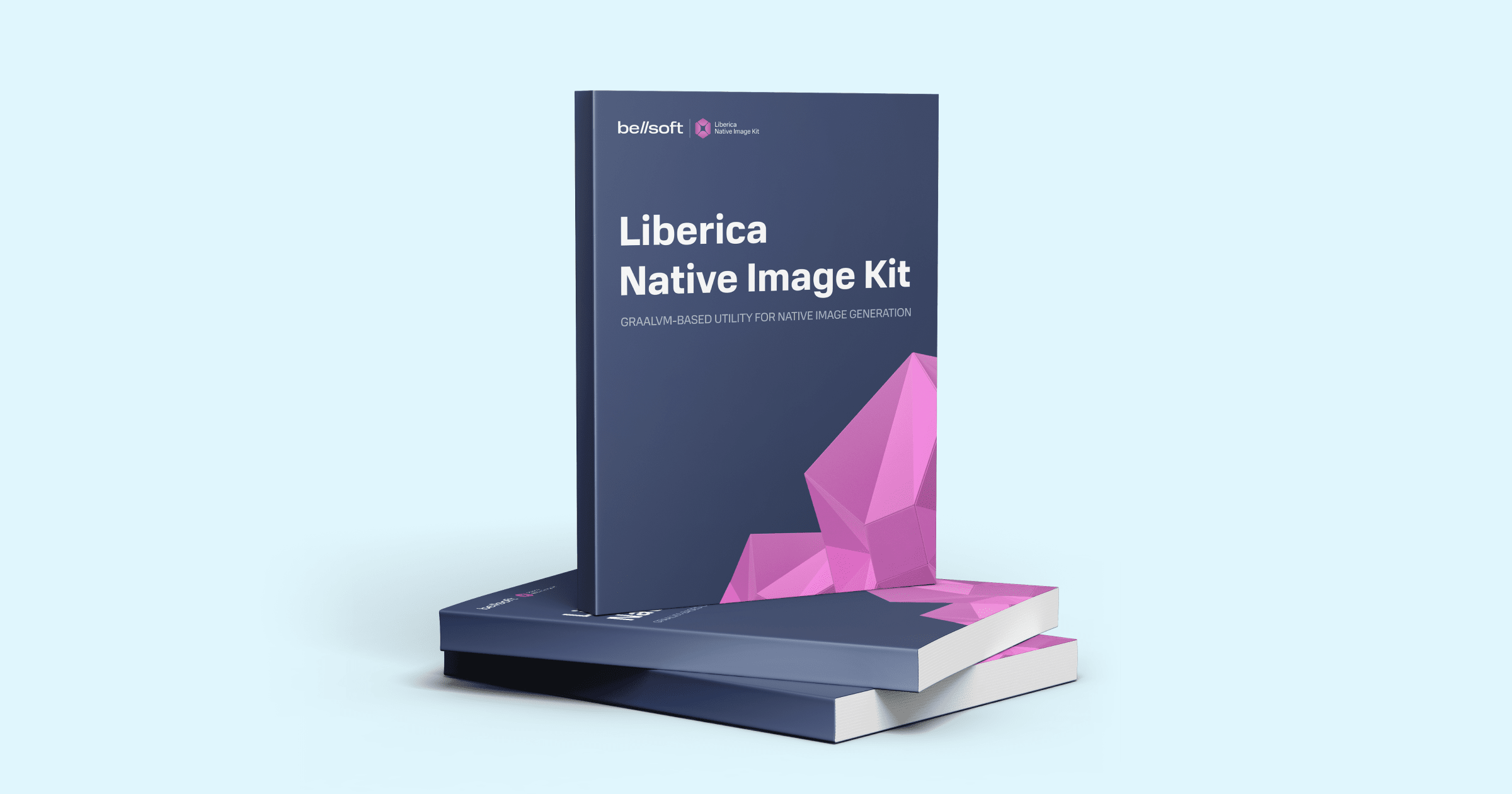
Dec 12, 2025
Liberica Native Image Kit: White Paper
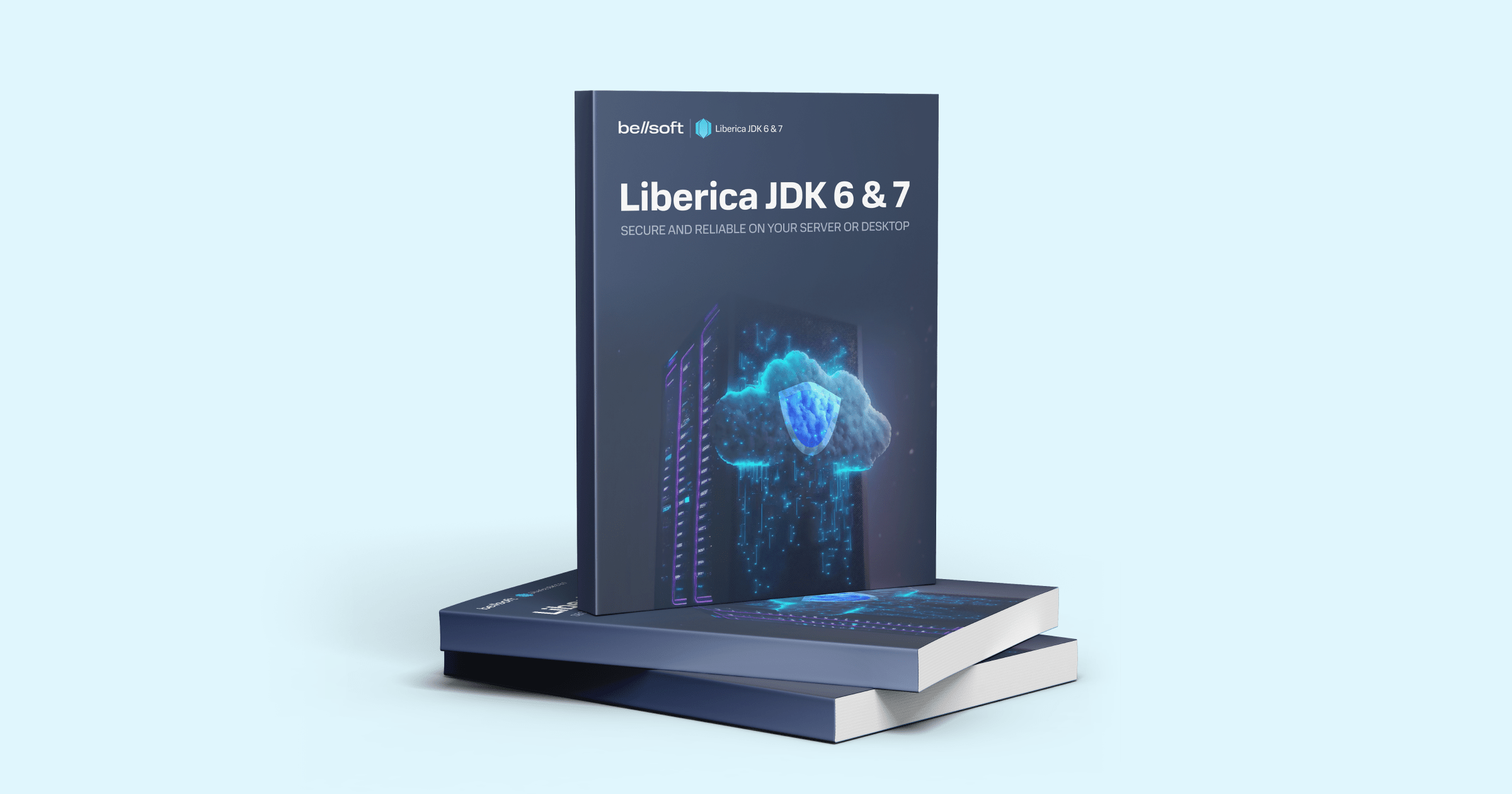
Dec 12, 2025
Liberica JDK 6&7: White Paper
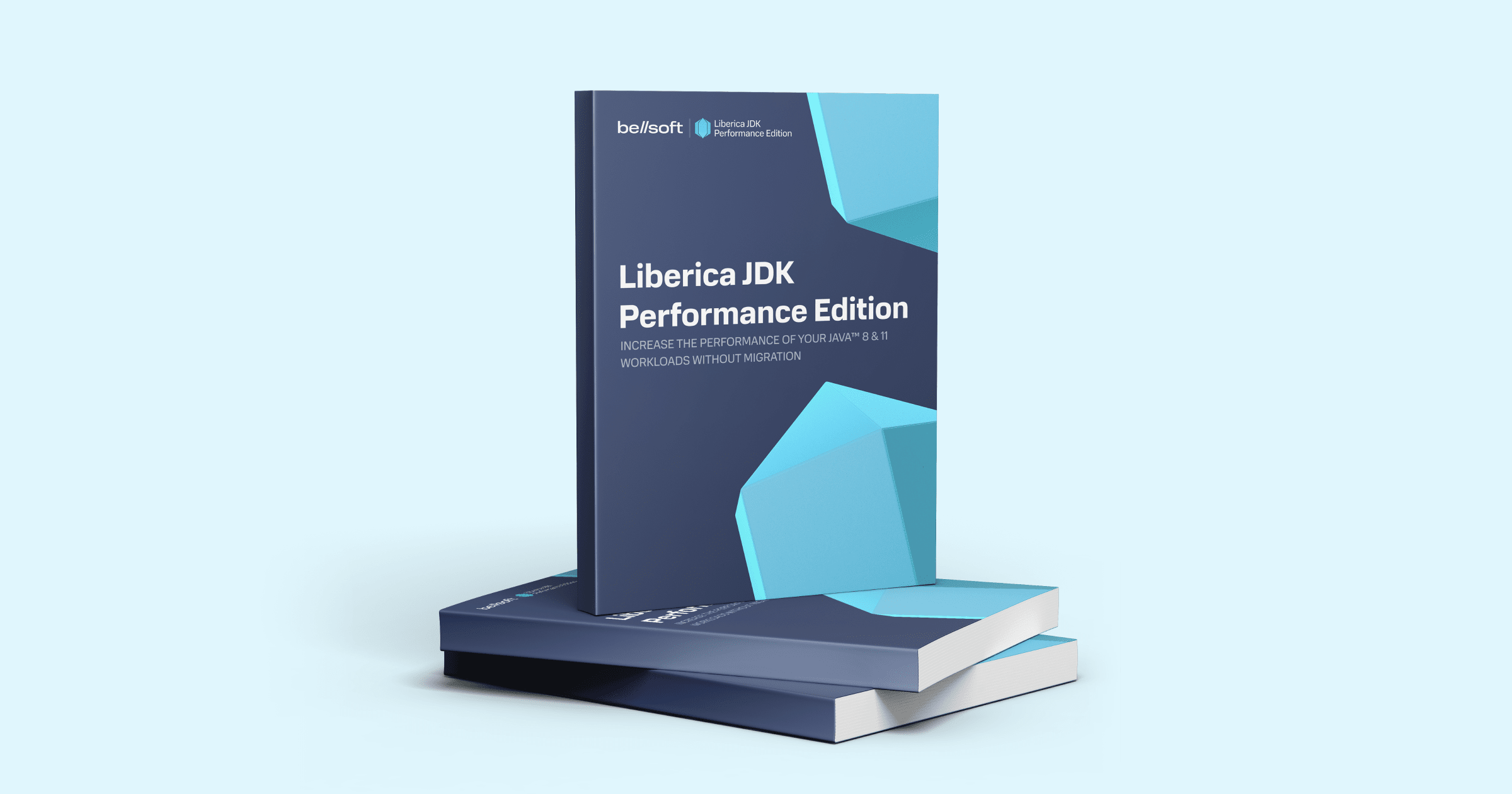
Dec 12, 2025
Liberica JDK Perfomance Edition: White Paper
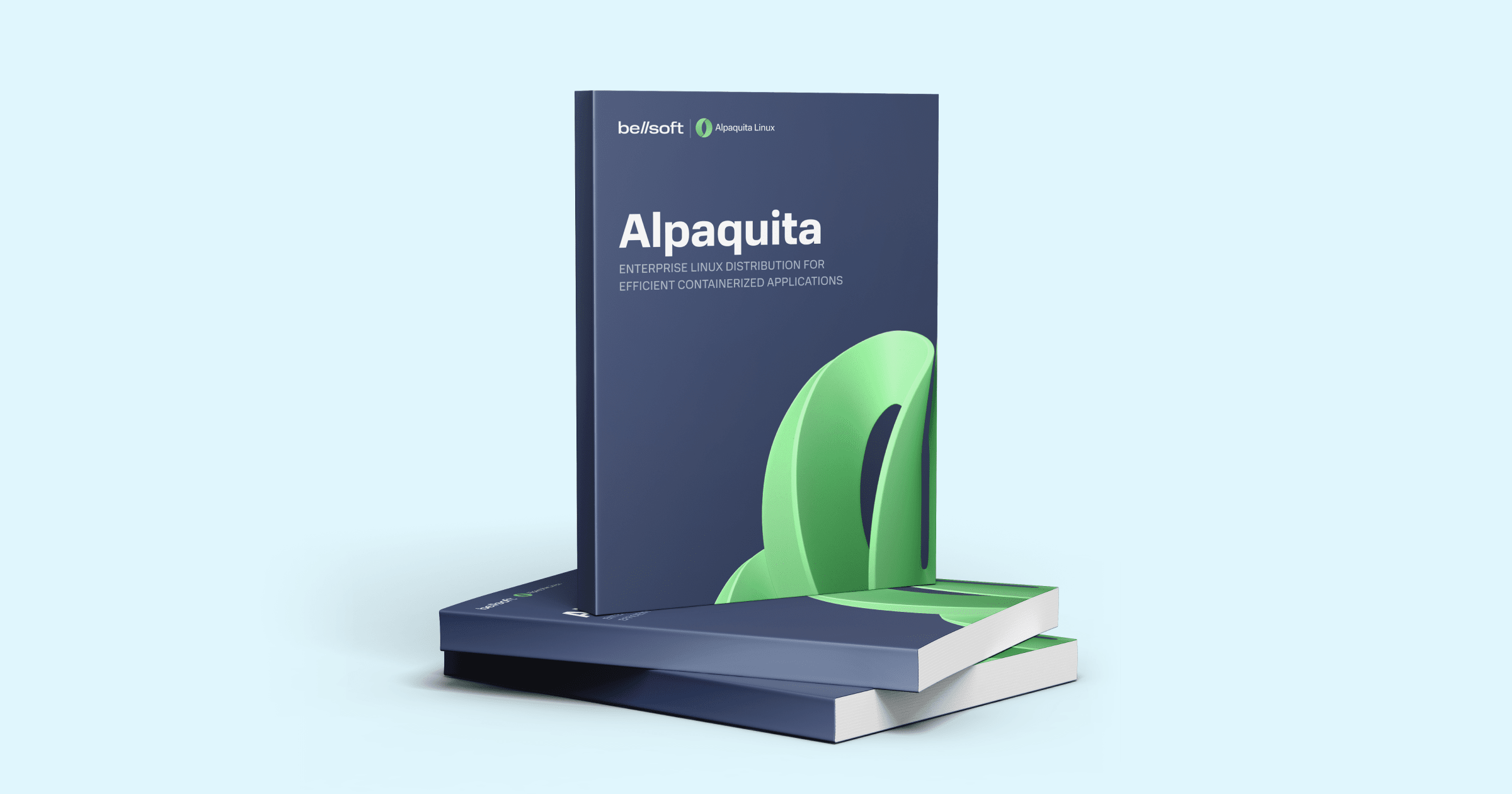
Dec 12, 2025
Alpaquita Linux: White Paper

Nov 14, 2025
Cloud Native Spring: Crafting the Perfect Java image for K8S

Nov 6, 2025
Docker Container Image Security: 13 Best Practices
This video presents 13 practical recommendations for reducing your attack surface and detecting malicious activity more quickly. You’ll learn how to create simple, immutable, and deterministic images using multi-stage builds, distroless bases, and non-root users. We cover SBOM generation with Syft, provenance verification with Cosign, CVE scanning workflows, and secret management strategies. From choosing LTS base images like Alpaquita Linux to implementing host-level protections, these practices will help you confidently deliver secure containers. It’s ideal for Java developers, DevOps engineers, and architects building production-grade infrastructure.

Oct 31, 2025
Vaadin Tutorial: From Spring Boot to Beautiful UI Fast
In this guide, I’ll show you how to build a fully functional Java application with authentication, data tables, filters, and a custom cyberpunk theme using Vaadin.

Oct 23, 2025
Top 7 JavaFX Testing Mistakes You Need To Avoid!
Stop making these common JavaFX testing mistakes! No more random NullPointerExceptions or deadlocks — in this video, we’ll show you how to fix the 7 most frequent TestFX issues when testing JavaFX applications. Learn how to work with FX threads, integrate with Spring Boot, avoid event-queue race conditions, handle pixel-level test differences, set up headless continuous integration with Monocle, and properly separate business logic from UI tests.

Oct 16, 2025
All 7 Java Garbage Collectors Explained
In this complete guide to Java garbage collection, you will learn how the JVM memory model works, understand the differences between the Serial, Parallel, G1, ZGC, Shenandoah, CMS, and Epsilon collectors, and determine which garbage collector is best suited for your application's performance — from single-threaded programs to massive terabyte-scale heaps.

Oct 7, 2025
Master Java Profiling in 2025: Tools, Techniques, and Real-World Tips
In this complete guide to Java profiling, you will learn sampling and instrumentation techniques, compare the 7 best tools (JFR, VisualVM, Async Profiler, JProfiler, YourKit, Digma.ai, New Relic), and master how to detect memory leaks and analyze CPU usage.
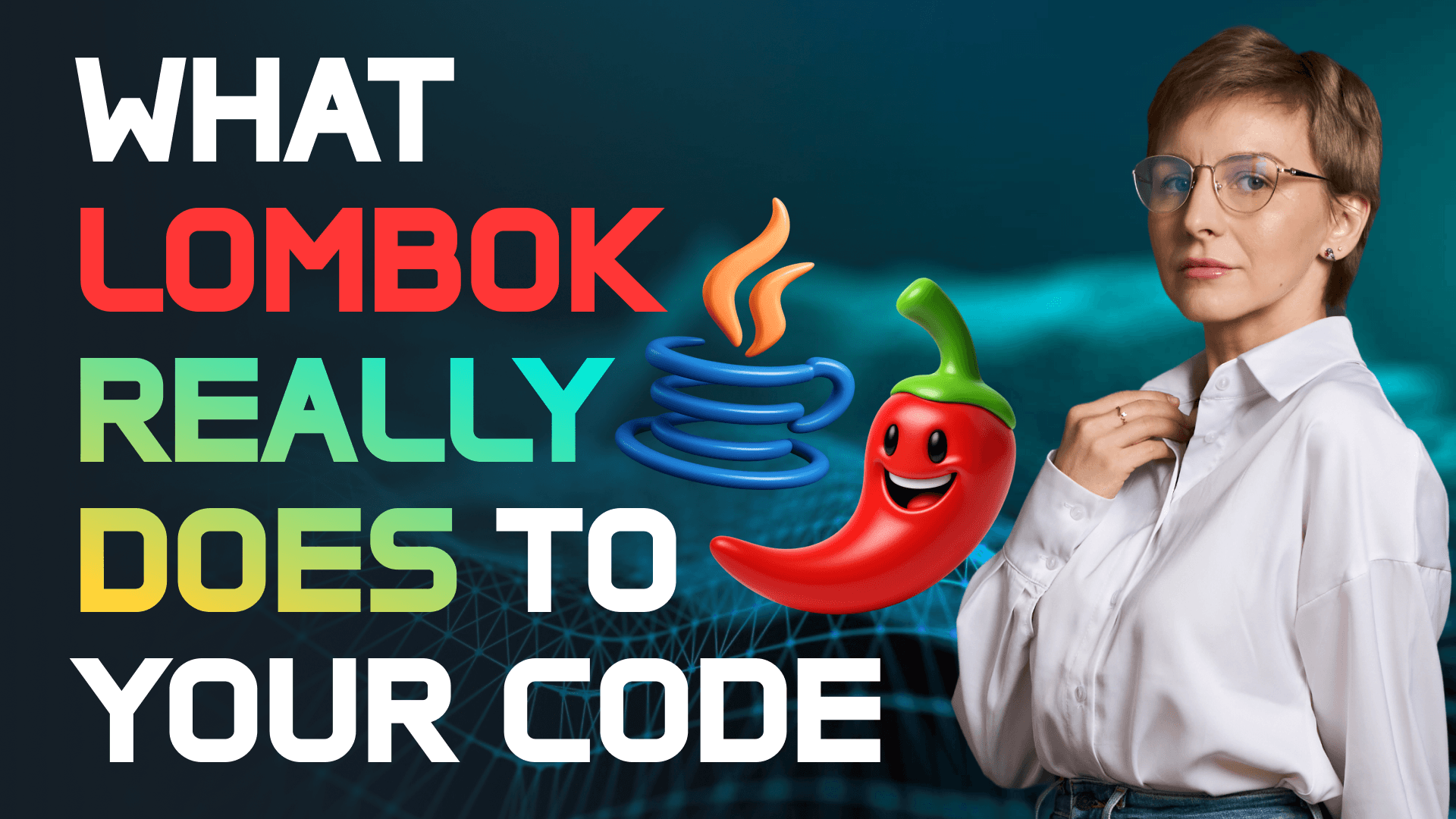
Sep 25, 2025
Should You Still Use LOMBOK in 2025?
Have you ever wondered how @Data, @Builder, and @Getter actually work? Lombok doesn’t just generate code — it rewrites your AST during compilation using internal, unofficial APIs. And while many developers enjoy the reduced boilerplate, few realize the hidden risks behind it.
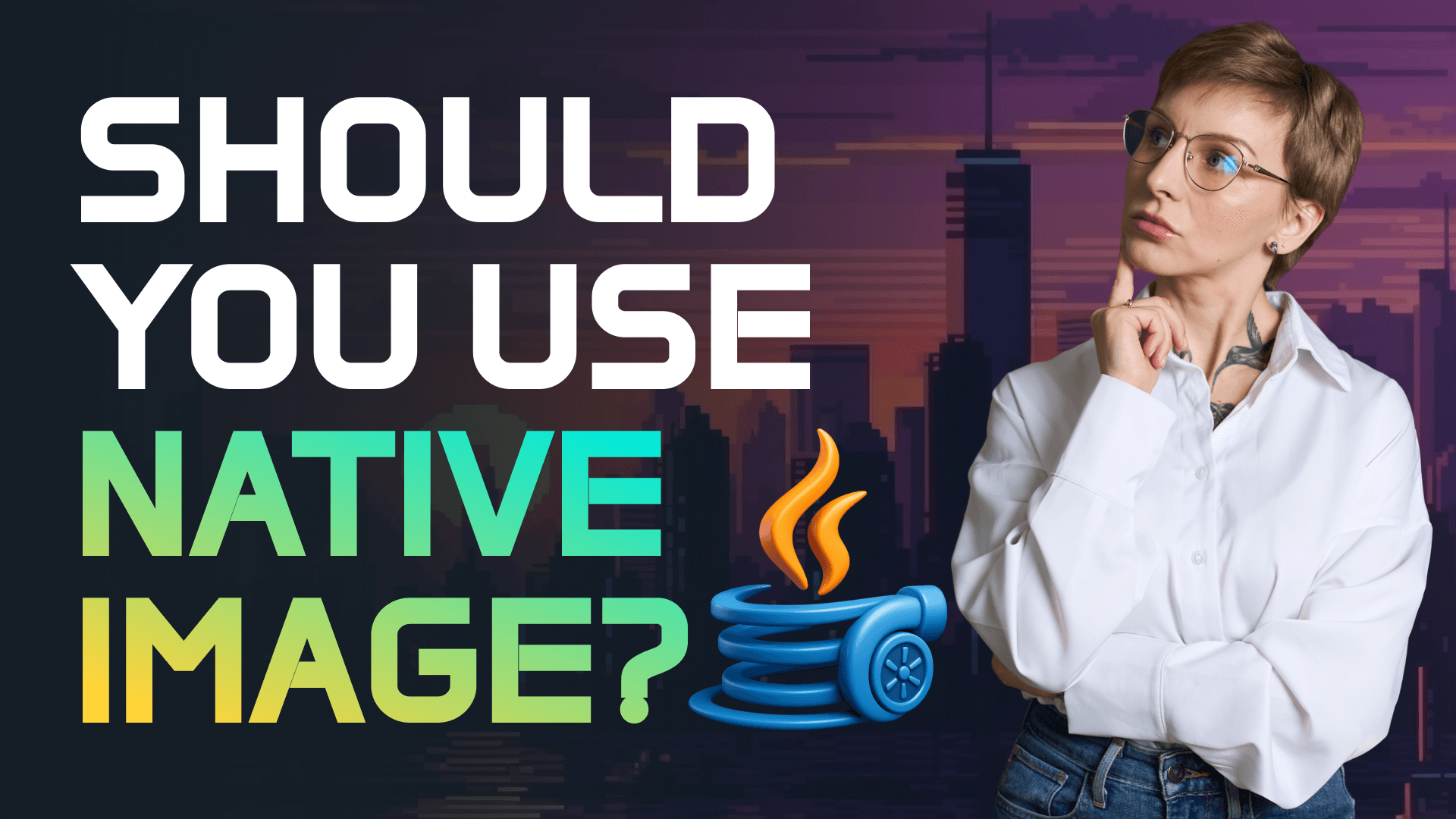
Sep 17, 2025
Turn your 4-second Java startup into 0.5 seconds with GraalVM Native Image
This video covers theory and hands-on practice: how Native Image works, distribution comparison (Liberica NIK, Oracle GraalVM, Mandrel), and real Spring Boot applications including an AI chatbot and Vaadin frontend. From Maven plugins to Docker deployment and tracing agent troubleshooting.
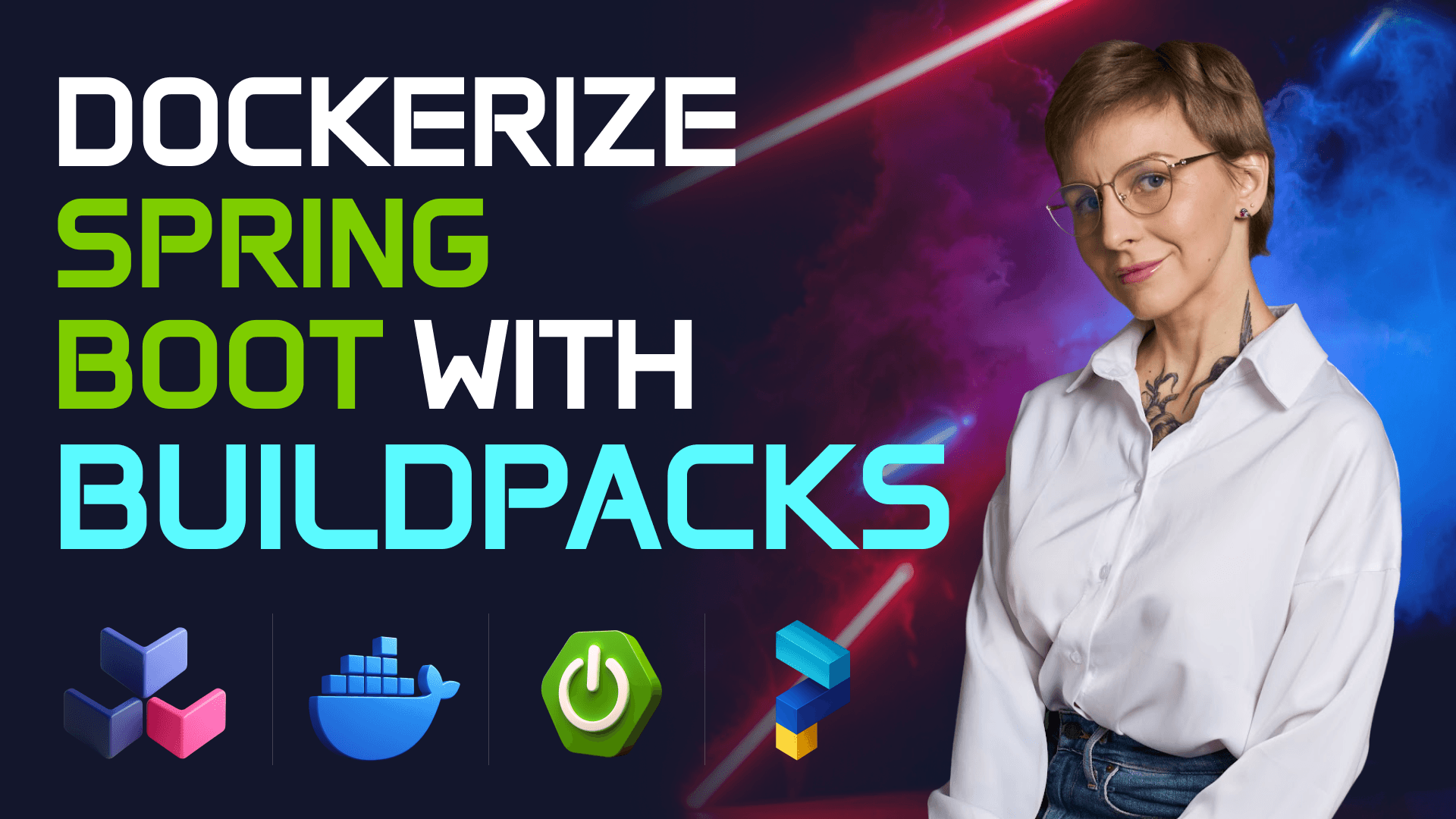
Aug 27, 2025
Buildpacks for Spring Boot
Buildpacks for Spring Boot: no Dockerfiles, no hassle — just production-ready container images in one command. Tired of maintaining Dockerfiles? In this tutorial, you’ll learn how to use buildpacks to create optimized Spring Boot containers — fast, secure, and cloud-ready — with just one command. We’ll show what happens under the hood: automatic dependency detection, layered image creation, memory tuning, SBOM generation, and how to tweak builds with just a few plugin options. Need faster startup, smaller image size, or JFR monitoring? Buildpacks can handle it — and we’ll show you how.
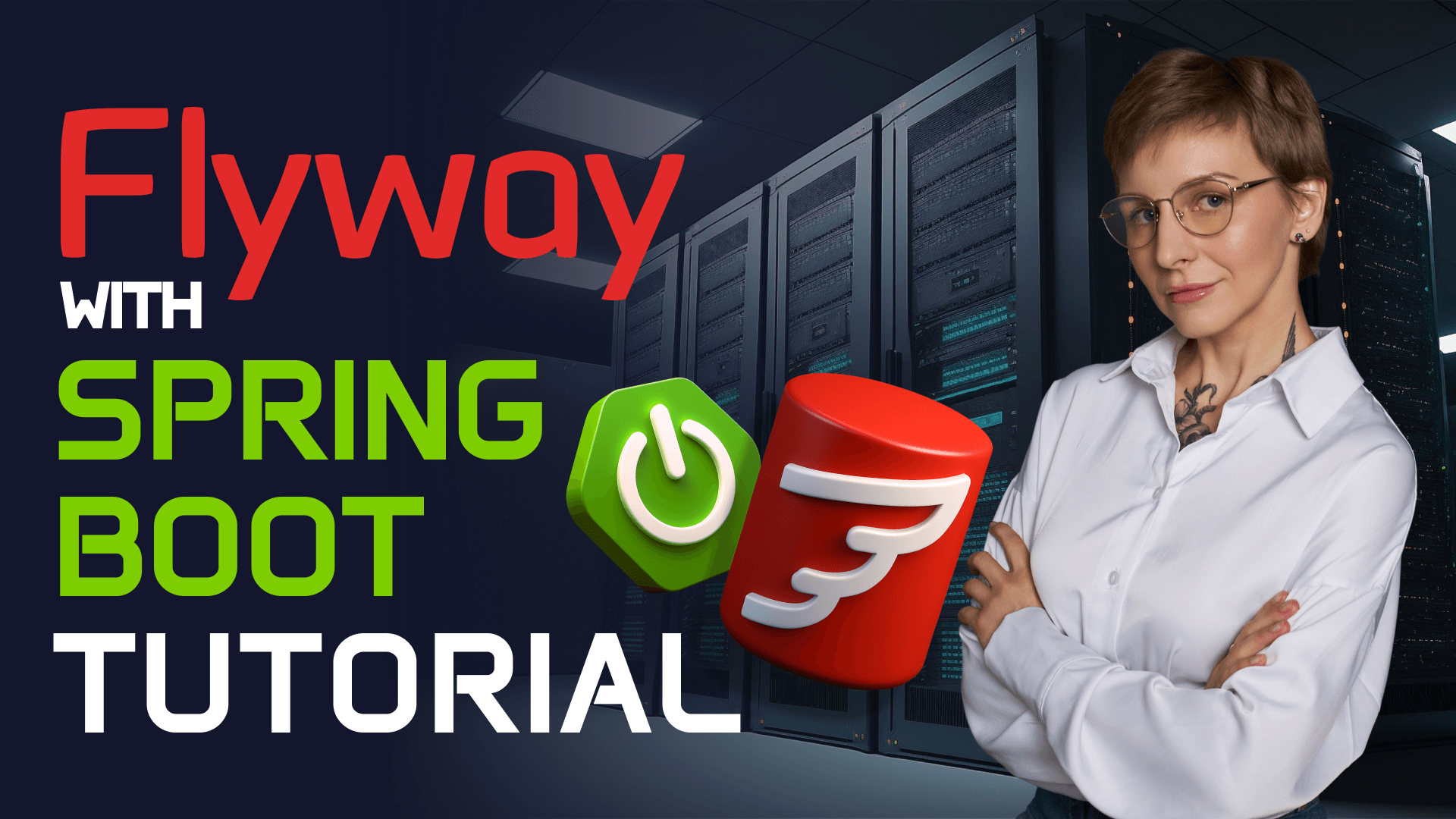
Aug 20, 2025
Flyway in Spring Boot: Step-by-Step tutorial with Maven
Learn how to use Flyway in Spring Boot with Maven for smooth and reliable database migrations. In this hands-on tutorial, we cover everything from setting up PostgreSQL in Docker, configuring Flyway in your application, writing versioned and repeatable migrations, to using Flyway in CI/CD pipelines with GitHub Actions. Whether you’re new to Flyway or want to master schema version control in Spring Boot, this video will guide you step by step.

Aug 14, 2025
Stop Using DTOs – A Cleaner Way for Your Java APIs
Still creating DTOs for every API in your Spring Boot project? You might be overcomplicating things. In this video, we show why DTOs aren’t always necessary and how to replace them with @JsonIgnore, @JsonView, and Jackson Mixins. You’ll see real examples of hiding sensitive fields, creating role-based views, and cutting boilerplate — all while keeping your API safe, clean, and easy to maintain.
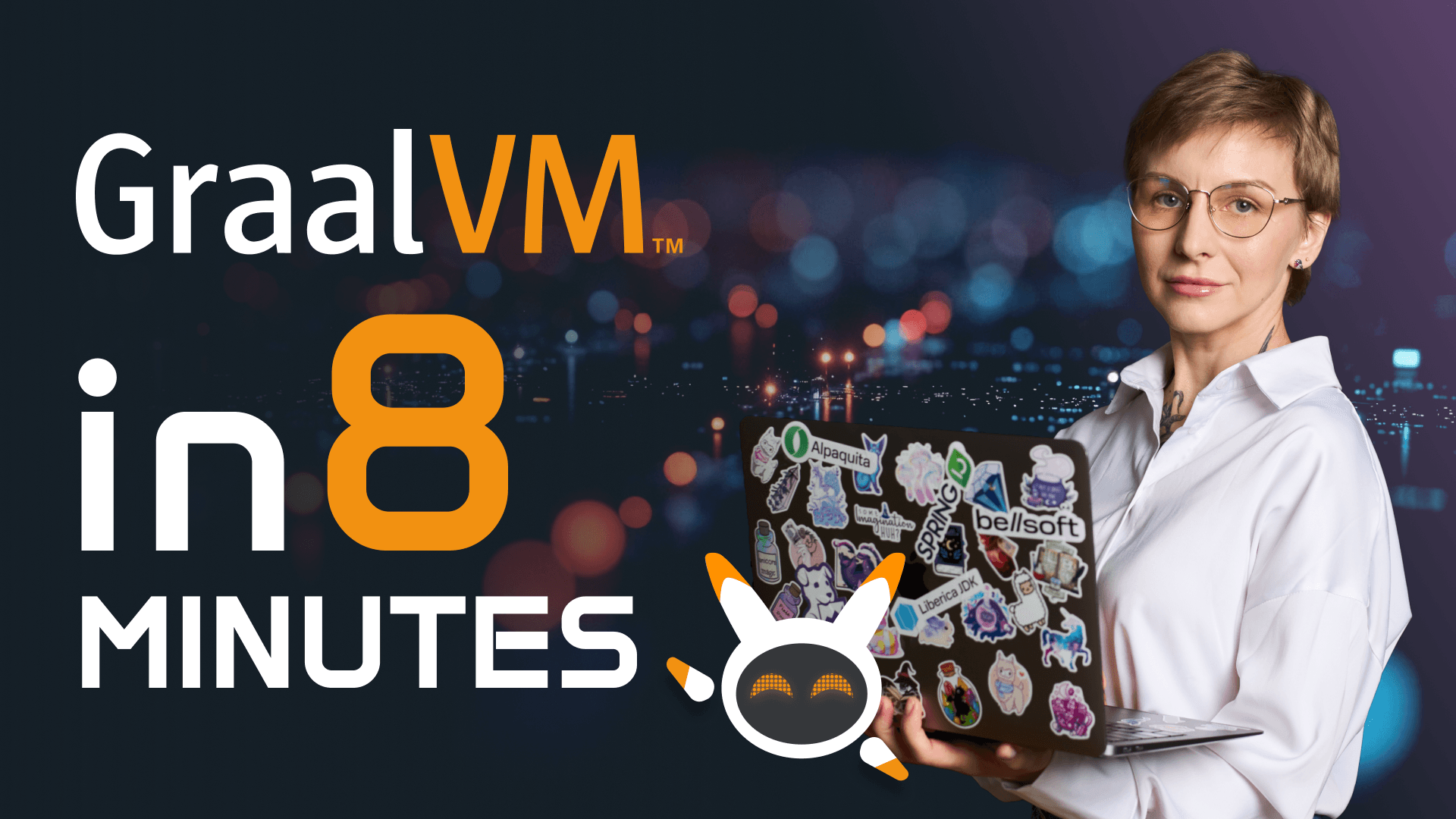
Aug 6, 2025
GraalVM for Java Developers: The Ultimate Beginner’s Guide
What is GraalVM and how can it improve your Java applications? In just 10 minutes, this video explains the three main components of GraalVM — the JIT compiler, Native Image, and Polyglot API. Learn how to boost performance, reduce startup time, and combine multiple languages in one app. Whether you’re building microservices, serverless apps, or just exploring modern JVM tooling, this is your quick-start guide to GraalVM.

Jul 30, 2025
Java 25 LTS: The New Features in JDK 25
In this video, we go through every single JEP in JDK 25, explaining what it does, why it matters, and how it impacts real-world development. Whether you’re a Java veteran or just getting started, this breakdown will help you stay ahead of the curve.
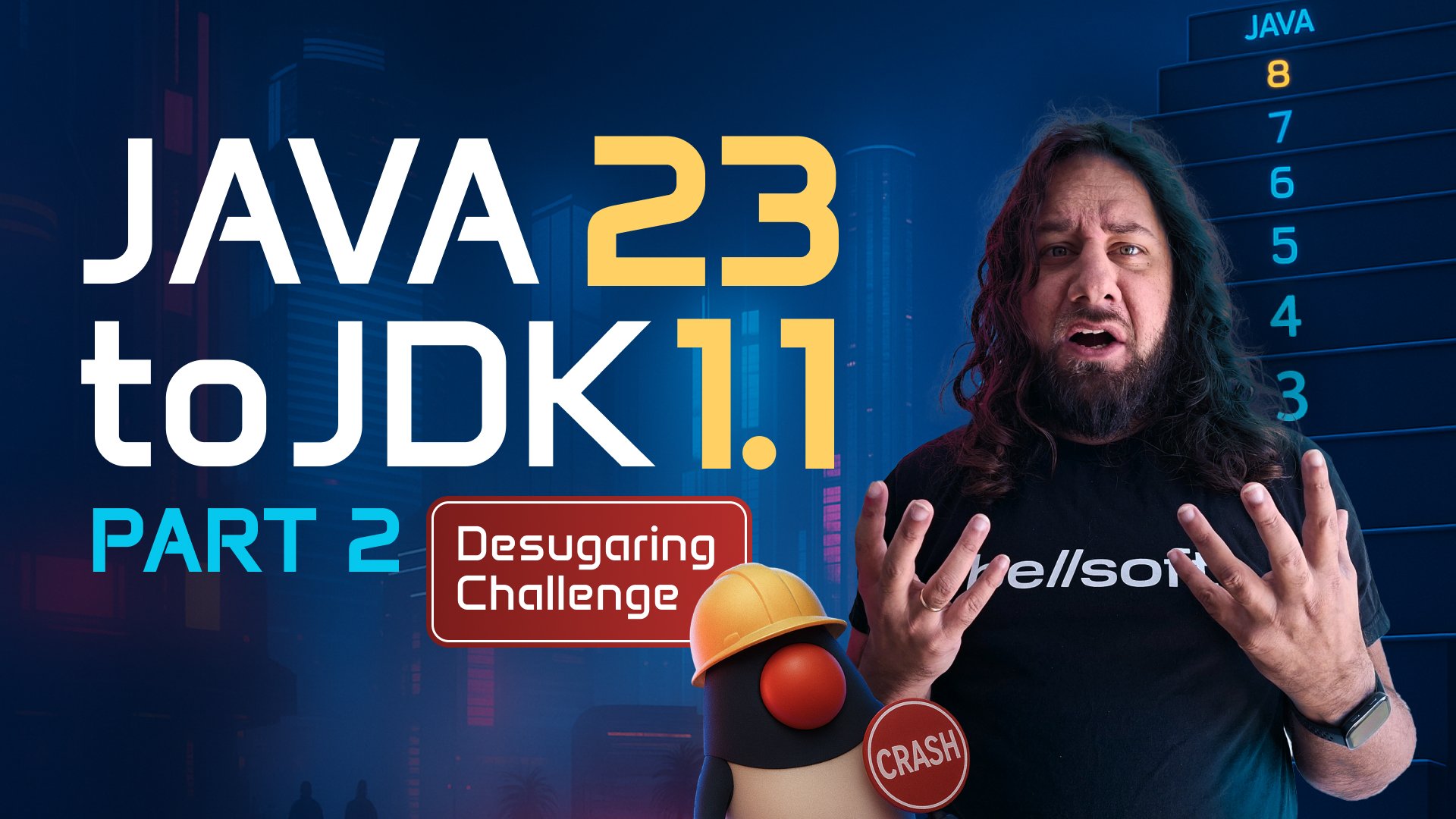
Jul 15, 2025
Java Downgrade Challenge: From JDK 8 to 1.1 (Part 2)
In Part 2 of the Java Downgrade Challenge, we continue our journey — now from Java 8 all the way to Java 1.1. No streams, no lambdas, no generics, no collections — and at one point, we even boot up Windows 98. If you thought Part 1 was painful, this one unwinds Java history line by line. By the end, the familiar Java from today will be almost gone.
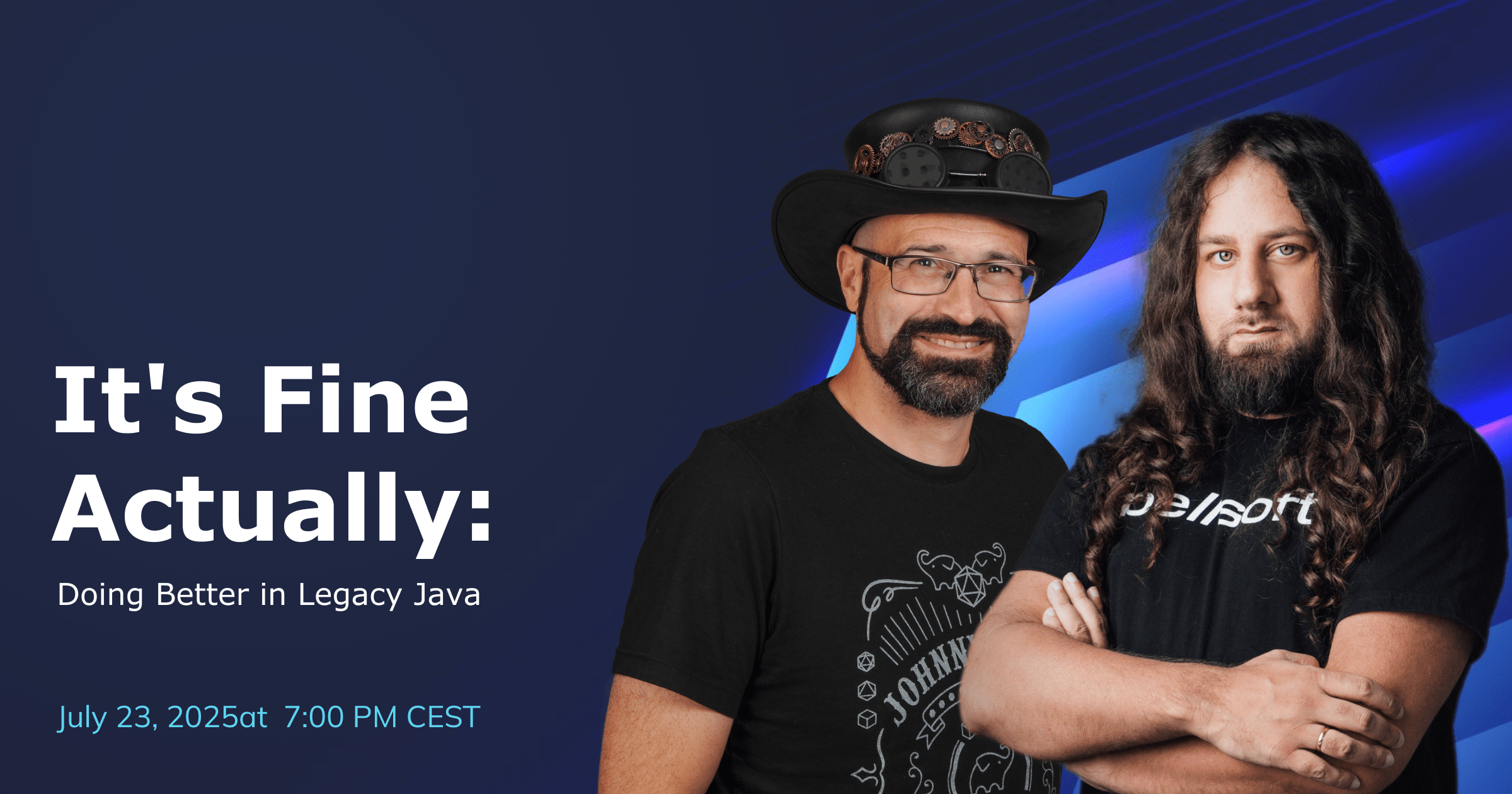
Jul 10, 2025
It's Fine Actually: Doing Better in Legacy Java
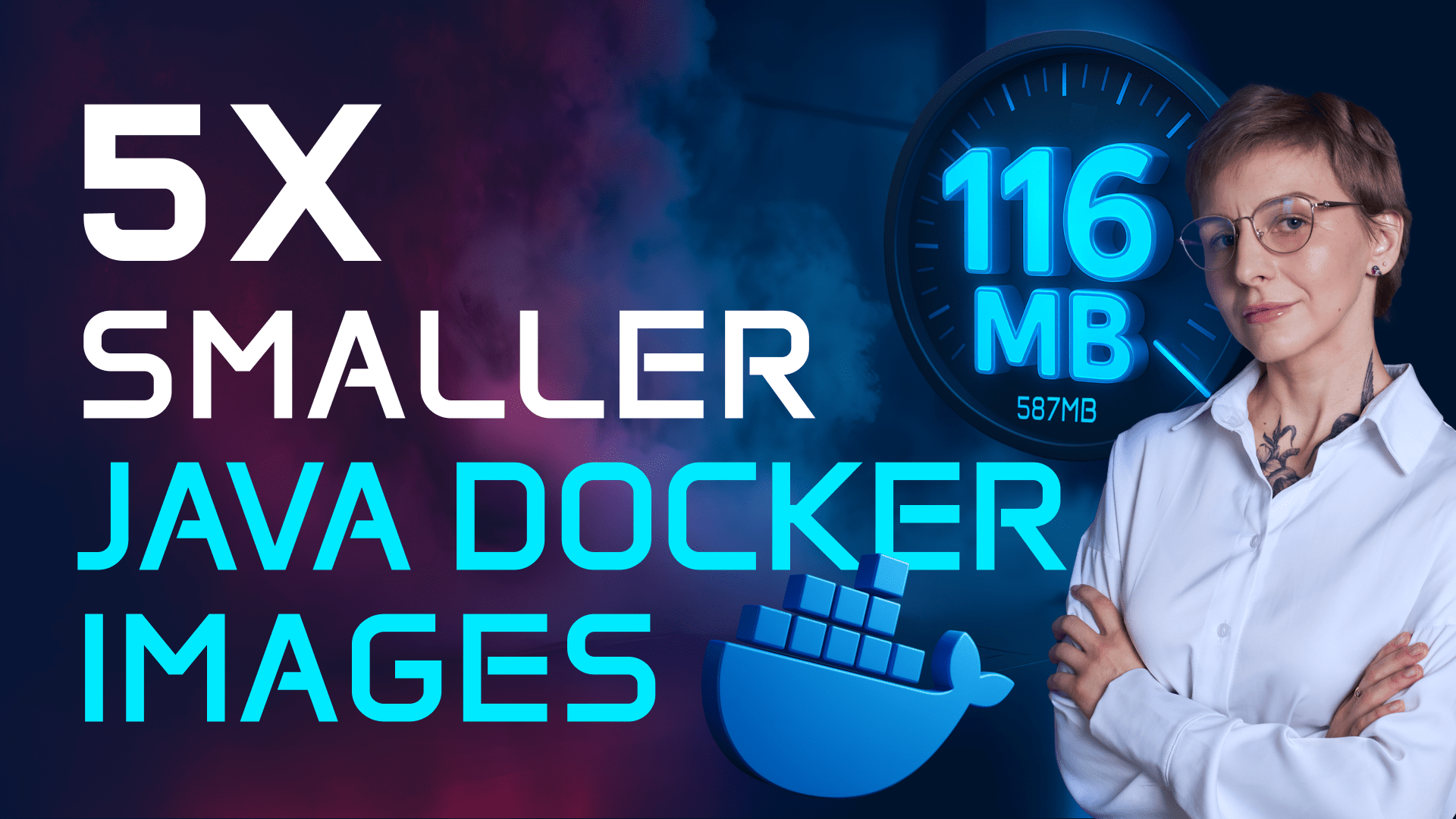
Jun 27, 2025
5x Smaller Java Docker Images — 2025 Optimization Guide
In this video, I’ll show you how to make your Java Docker images 5 TIMES SMALLER. You’ll see the full process, from a heavy 587MB container to a lean 116MB image, ready for production.

Jun 23, 2025
How to install Liberica Native Image Kit on Windows PC
Liberica Native Image Kit is a multilingual GraalVM-based set of utilities for creating native images. This guide will help you to install it on Windows PC.
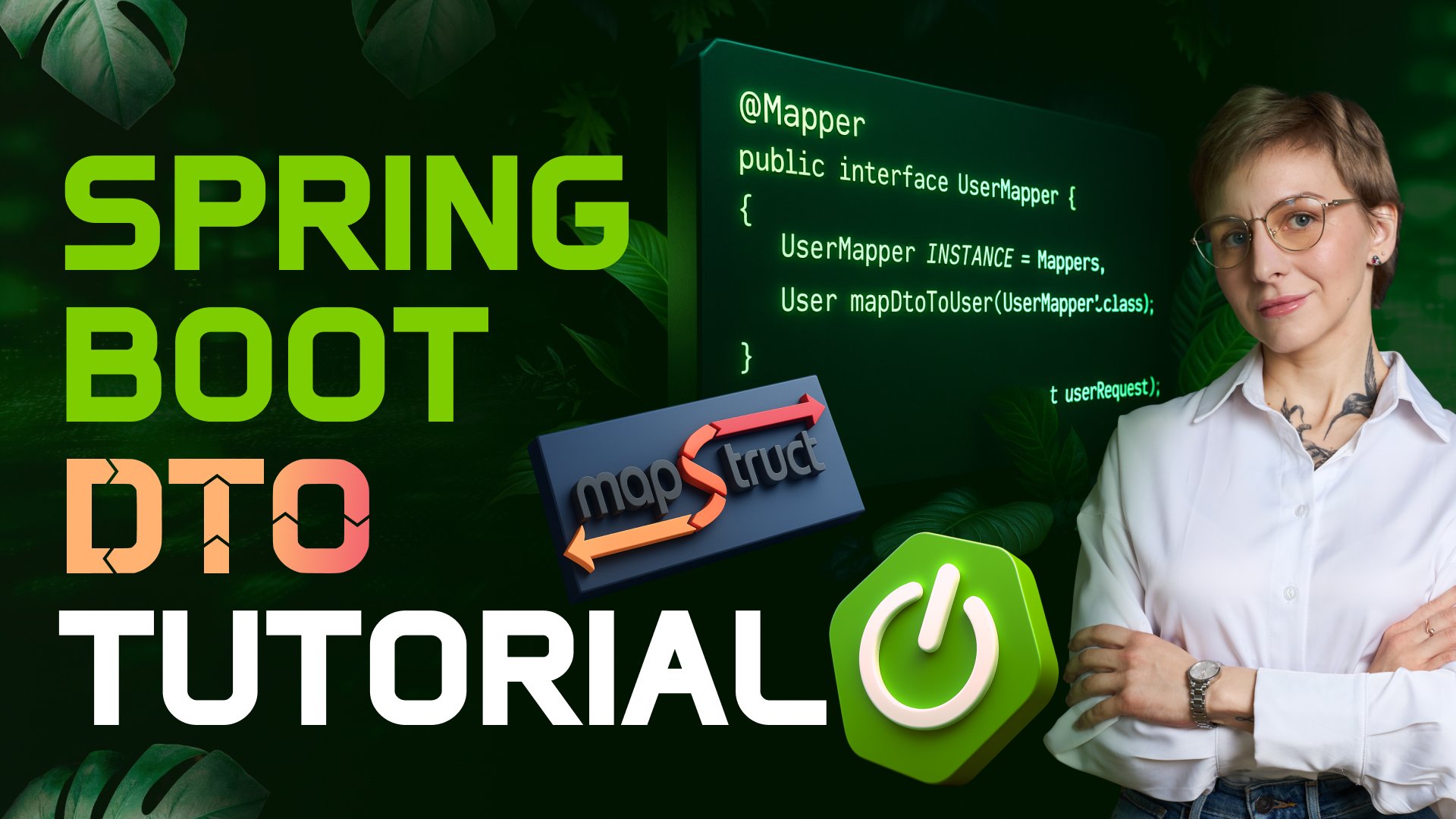
Jun 18, 2025
Java DTO Guide: Fix Your API Design with One Simple Pattern
This tutorial shows how to use the Data Transfer Object (DTO) pattern to transfer data between application layers. We use Java records to reduce boilerplate code and the MapStruct library that simplifies Java bean mapping.
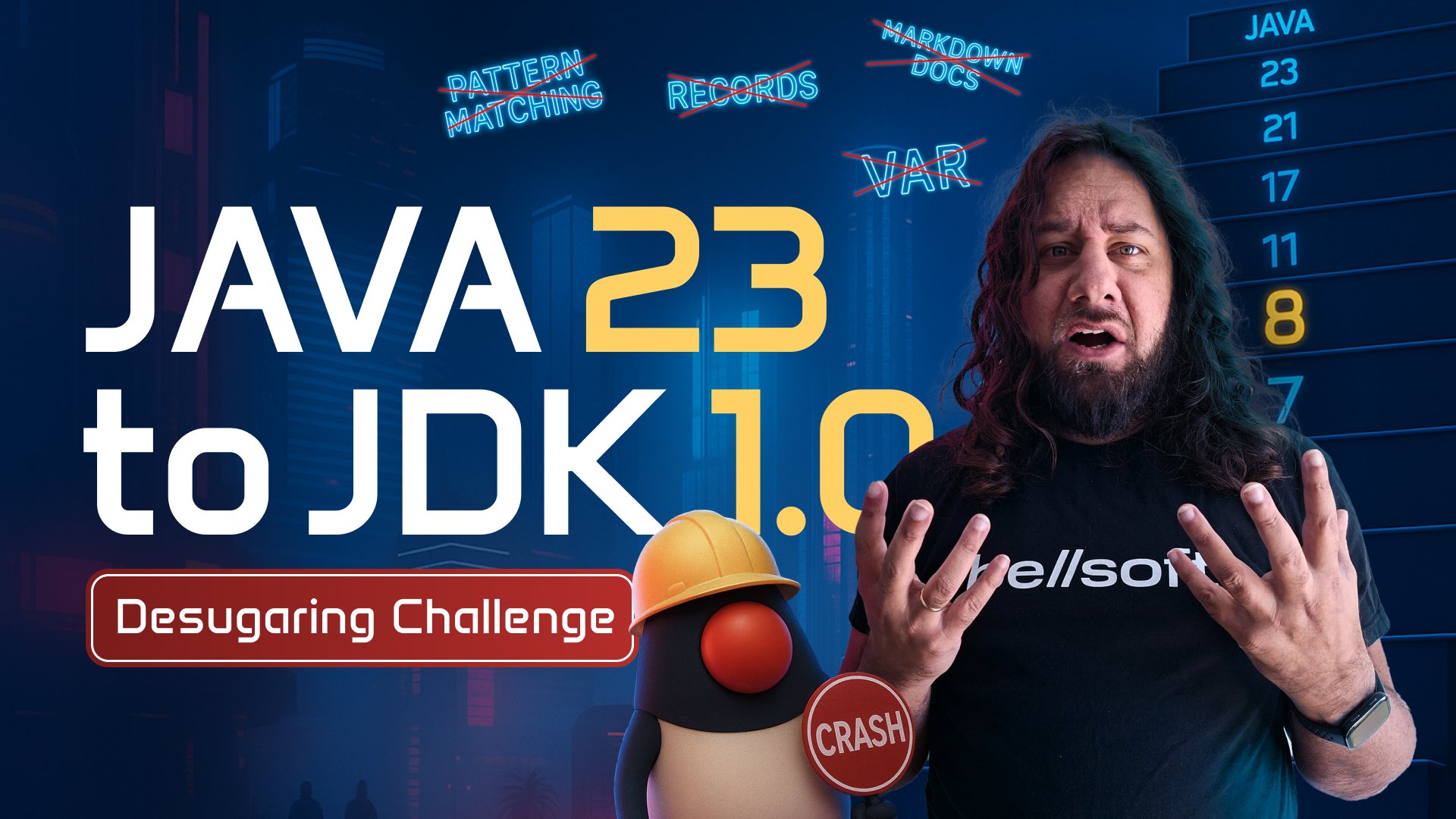
Jun 13, 2025
Downgraded Java to JDK 1.1 After 30 Years… (part 1)
How should we change Java 23 code for it to run on Java 1.1? We go line by line, removing modern features like records, sealed classes, switch expressions, var, and more. Each step reveals what breaks, how to rewrite it, and what you lose in the process. If you've ever wondered how far modern Java has drifted from its roots - this is your deep dive into that gap. This is Part 1 of the Java Downgrade Challenge, where we descend version by version until we reach Java 8. Subscribe to our channel to find out how we go even deeper - all the way down to Java 1.1. Stay tuned!

Be the first to know everything important about Java development
Subcribe to our newsletter
Read the industry news, receive solutions to your problems, and find the ways to save money.